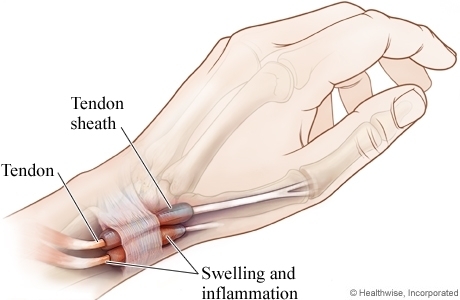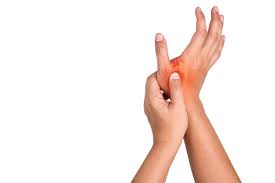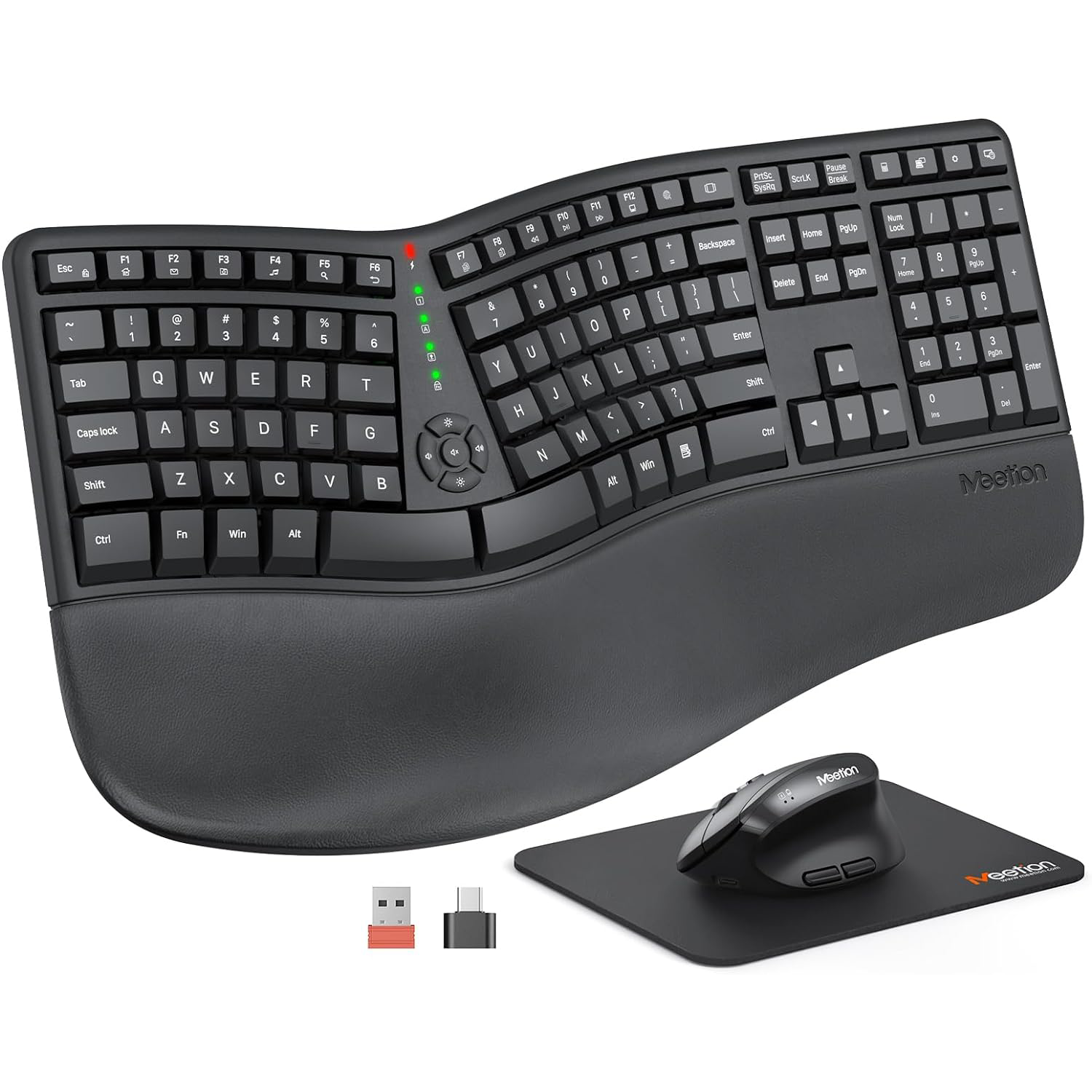Introduction
In an increasingly digital world, many of our daily activities involve using our thumbs for texting, gaming, and scrolling through social media. Overuse of these activities can lead to a condition commonly referred to as “Thumb Texting Syndrome”, but clinically known as De Quervain’s Tenosynovitis.
This guide provides a deep dive into what De Quervain’s Tenosynovitis is, its causes, symptoms, diagnosis, treatment options, and preventive measures.

What is De Quervain’s Tenosynovitis?
De Quervain’s Tenosynovitis is a painful condition that affects the tendons in the thumb and wrist. Specifically, it involves the tendons of the extensor pollicis brevis and the abductor pollicis longus, which are responsible for thumb movement. Inflammation and irritation in these tendons lead to pain, swelling, and difficulty in thumb and wrist motion.
While it can occur in anyone who uses their hands and wrists frequently, modern technology has led to a noticeable increase in cases due to repetitive thumb movements, particularly from texting, gaming, and scrolling—hence the term Thumb Texting Syndrome.
Causes of De Quervain’s Tenosynovitis
The primary cause of De Quervain’s Tenosynovitis is repetitive strain injury (RSI). This occurs when the tendons in the wrist are irritated due to overuse. Activities that involve repetitive thumb or wrist motions can contribute to this condition, including:
- Texting: Repeated movements of the thumb while typing on a smartphone.
- Gaming: Extended periods of thumb use in mobile and console gaming.
- Typing: Constant use of keyboards can lead to thumb strain.
- Holding a baby: Cradling a child or repetitive lifting with the thumb and wrist.
- Gardening, knitting, or other manual tasks: Any activity that requires frequent thumb movement can contribute to overuse of the tendons.
The common factor in all these activities is overuse of the thumb tendons, which can lead to inflammation.

Symptoms of De Quervain’s Tenosynovitis
The hallmark symptom of De Quervain’s Tenosynovitis is pain along the thumb side of the wrist. This pain may worsen with thumb or wrist movement, making daily activities more difficult. Common symptoms include:
- Pain near the base of the thumb: The pain may spread to the forearm.
- Swelling: Tenderness and swelling around the thumb and wrist area.
- Difficulty in thumb movements: Gripping, pinching, and other thumb movements may be painful.
- Stiffness: Reduced thumb and wrist mobility, particularly after prolonged use.
- A “catching” or “snapping” sensation: This may occur when moving the thumb or wrist.
- Decreased grip strength: You may have difficulty holding objects or performing fine motor tasks.
Symptoms tend to worsen with activities that involve thumb movement, especially those that require repetitive actions like texting or typing.

Risk Factors
Anyone can develop De Quervain’s Tenosynovitis, but certain factors increase the risk:
- Gender: Women are more likely than men to develop this condition.
- Age: Most commonly affects individuals between 30 and 50 years of age.
- Repetitive hand use: Jobs or hobbies that require constant use of the thumb or wrist.
- Pregnancy and postpartum period: Hormonal changes and lifting infants may increase the risk.
- Inflammatory conditions: Rheumatoid arthritis and other inflammatory conditions can contribute to tendon issues.
Diagnosis of De Quervain’s Tenosynovitis
The diagnosis of De Quervain’s Tenosynovitis is typically made through a physical examination and patient history. Doctors may ask about your daily activities and any repetitive motions that may have led to the condition. Common diagnostic steps include:
- Finkelstein Test: This is the most common diagnostic test for De Quervain’s Tenosynovitis. To perform the test, the patient is asked to make a fist with the thumb tucked inside the fingers. The wrist is then bent towards the little finger (ulnar deviation). If this movement causes pain along the thumb-side of the wrist, it is considered a positive test for De Quervain’s Tenosynovitis.
- Palpation: The doctor may press on the area around the base of the thumb to check for tenderness and swelling.
- Imaging: In rare cases, imaging studies like ultrasound or X-rays may be used to rule out other conditions, such as fractures or arthritis, that might mimic De Quervain’s.
Treatment Options for De Quervain’s Tenosynovitis
- Conservative (Non-surgical) Treatments
- Rest: The most important treatment is to rest the affected thumb and wrist. This may involve avoiding activities that require repetitive thumb motions.
- Immobilization: Wearing a splint or brace can help immobilize the thumb and wrist, giving the tendons time to heal.
- Ice: Applying ice to the affected area for 15-20 minutes several times a day can help reduce inflammation and swelling.
- Medication: Nonsteroidal anti-inflammatory drugs (NSAIDs) such as ibuprofen or naproxen can relieve pain and reduce inflammation.
- Physical Therapy: Stretching and strengthening exercises for the thumb and wrist, often guided by a physical therapist, can help restore mobility and reduce pain.
- Corticosteroid Injections: If conservative treatments are ineffective, a corticosteroid injection into the tendon sheath may be recommended. This can reduce inflammation and alleviate pain.
- Surgical Treatment Surgery is considered when other treatments fail to relieve symptoms. The goal of surgery is to release the tendon sheath and allow the tendons to move freely without pain or irritation.
- Procedure: During surgery, a small incision is made over the thumb side of the wrist, and the tendon sheath is opened. This releases pressure on the tendons.
- Recovery: Post-surgery, patients typically experience relief from symptoms. However, physical therapy may still be recommended to restore full function and strength to the wrist and thumb.
Prevention of De Quervain’s Tenosynovitis
Prevention is particularly important for those who regularly engage in activities that strain the thumb and wrist. Here are some strategies:
- Limit Repetitive Movements: Take frequent breaks during activities like texting, gaming, or typing.
- Ergonomic Adjustments: Make sure that your workspace or device use (e.g., smartphone, keyboard) is set up to minimize strain on your thumb and wrist.
- Proper Posture and Hand Positioning: Avoid awkward thumb positions or gripping devices too tightly.
- Stretching and Strengthening: Regularly perform stretching exercises to improve flexibility and strengthen the muscles and tendons in the wrist and thumb. Please refer to our Youtube channel https://www.youtube.com/@Carpaltunnelgadgets to find step by step guides on how to properly perform therapy for your wrist and thumb.
- Use Adaptive Tools: In some cases, using voice-to-text features or larger keyboards can help reduce repetitive thumb movements.

Thumb Exercises for Prevention and Recovery
Here are a few simple exercises that can help prevent or rehabilitate De Quervain’s Tenosynovitis:
- Thumb Stretch: Extend your arm in front of you, palm facing up. Gently stretch your thumb away from the palm, hold for a few seconds, and then relax.
- Fist Stretch: Make a gentle fist with your thumb inside your fingers. Slowly straighten your fingers, then repeat several times.
- Thumb Lift: Place your hand flat on a table, with your palm down. Gently lift your thumb off the table, hold for a few seconds, and then lower it back down.
- Resisted Thumb Extension: Wrap a rubber band around your hand and thumb. Gently stretch the rubber band by moving your thumb away from your fingers.
Conclusion
De Quervain’s Tenosynovitis, or Thumb Texting Syndrome, can significantly impact your daily activities, particularly in today’s digital age where repetitive thumb movements are common. Understanding the causes, recognizing early symptoms, and seeking appropriate treatment are crucial in managing this condition.
Preventive measures, such as ergonomic adjustments, regular breaks, and strengthening exercises, can also reduce the risk of developing De Quervain’s. If symptoms do occur, early intervention through rest, physical therapy, or even surgery in severe cases can help restore function and alleviate pain.
By staying mindful of thumb and wrist health, individuals can maintain an active, pain-free lifestyle despite the demands of modern technology.
